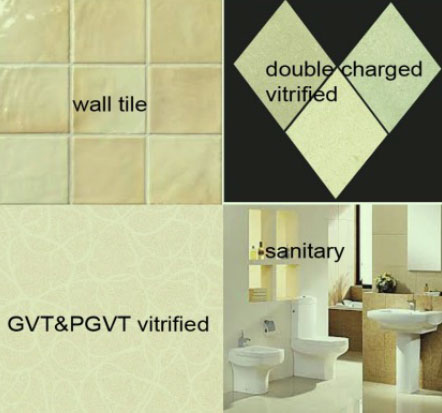Sodium Carboxymethyl Cellulose is a water-soluble polymer and cellulose ether made from refined cotton or wooden pulp. It can be used in ceramic body and ceramic glaze which can be mixed with Calcium Carbonate, ZnO, Kaolin and Aluminum Hydroxide etc.
For more technological information about ceramic grade Sodium CMC, let’s introduce here briefly:
1. Sodium CMC used in ceramic body
CMC will improve the plasticity of ceramic clay material and improve the flexural strength of ceramic. Loss on drying is good, no residue after burning. With good suspension and dispersion, it can prevent particle coagulation of polar materials. Good performance on mechanical wear resistance and the molecular chains will lead to less damage in the process of milling and mechanical mixing.
Recommended Specification: SINOBD-150, SINOCMC BD-800
Recommended Dosage: 1%-5% of total mixed dry materials.

2. Sodium CMC used in ceramic glaze .
CMC can regulate viscosity and make glaze slurry with good rheology to get glazed easier. To improve the performance of body-glaze combination and the strength of semi glazed to prevent deglazing. Regulate the drying time of glaze layer to obtain smooth glazed and improve the stability of glaze slurry. CMC could also be used in glaze decoration printing process, which requires CMC with high D.S and better transparency. It will improve the clarity of pattern and keep color the same.
Recommended Specifications: SINOGL-2000G(Granular), SINOGL-200G(Granular), SINOGL-20
Recommended Dosage: 1%-4% of total mixed dry materials.

Both granular and powdery Sodium CMC can be used in ceramic glaze. D.S(Degree of Substitution) and purity depend on which ceramic you will make. If you need more technological support about ceramic grade Sodium CMC, please contact us directly.
SINOCMC Team
